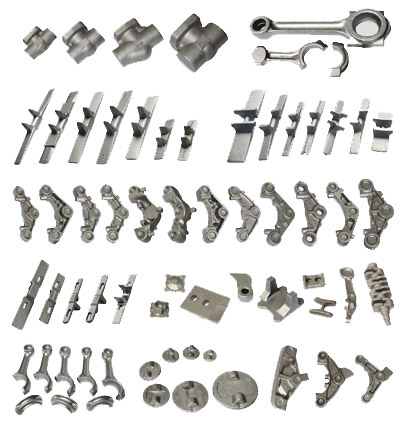Forging is a processing method that exerts pressure to metals by metal forming machines. The metals then will undergo plastic deformation to achieve some certain mechanical properties, specific shapes and sizes. With forging process, defects like loose structure and others of metals during smelting process could be eliminated. It can optimize the micro-structure while maintaining complete metal flow line.
The mechanical properties of forgings are usually better than
castings with the same materials. Important machine parts with high load that used under rigorous operating conditions are mostly manufactured through forging process, expecting the simple plates and welding products.
The recrystallization temperature of steels is about 727℃. In practice, we often regard 800℃ as the boundary. Those that operated at temperatures above 800℃ is hot forging. When the working temperatures are 300~800℃, the process is called warm forging. There is also a kind of forging process that is operated at room temperature, it is cold forging.
Forged components that used in most of industries are made under hot forging process. Warm forging and cold forging are usually used for manufacturing components that used in automobiles, general machines and others. The latter two methods can effectively save materials.
Compared with casting, forging can improves structures and mechanical properties of metals. After forging, transformation and recrystallization of metals turn the previous coarse dendrites and columnar grains into equiaxed grains with uniform sizes. Therefore, problems like segragation, porosity and slag inclusion that exist in steel ingots are solved through compaction and welding. With tighter structure, the plasticity and mechanical properties of metals are upgraded.
As we have mentioned above, the mechanical properties of castings are lower than forgings made of the same materials. Besides, forging process can guarantees the consistency of metal fiber tissues and makes the tissues consistent with the outlines of forgings. All these can make sure the components being equipped with good mechanical properties and long service life. Forgings that adopt precision die forging, cold extrusion, extrusion temperature and other technologies have features that castings can not achieve.
